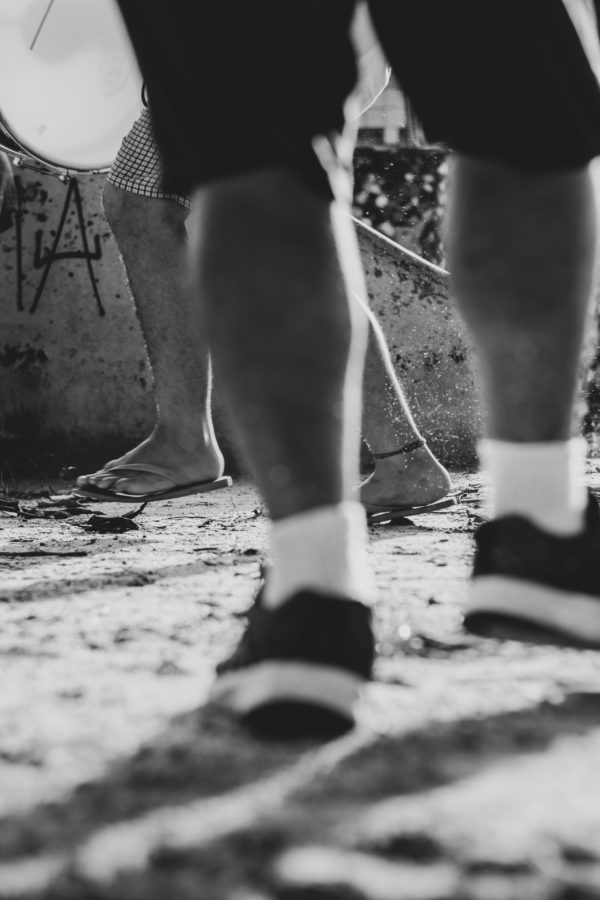Is Wearing Flip-Flops a Bad Idea?
Most people find the comfort of a pair of flip-flops indispensable. Letting one’s feet stretch and breath after wearing shoes all day is indeed one of life’s pleasures. However, you may wish to reconsider wearing them on a daily or regular basis. Most podiatrists agree: there are potential dangers which include the development of ankle injury, plantar fasciitis, and blisters, to name a few.
 Hammer-toe
Hammer-toe
The floppy, unstable nature of Flip-flops requires one’s toes to curl down to keep them on the foot while walking. Continuous wear can cause toes to permanently stay in a fixed & bent position, similar to a hammer. As a result, hammertoe can be the outcome.
Altered Gait
Our bodies are acclimated to a typical heel to toe stride, which is the norm of a shoe wearer. Switching to the unstructured, non-supportive shorter strides inherent in flip-flop steps will adversely impact the natural gait and walking stride of a wearer.
Ankle Sprains
Flip-flops are great at the beach, but you shouldn’t wear them all day. They have no arch support or ankle support, causing feet to pronate or turn inward instead of straight. As a result, ankle sprains become more likely. When the foot doesn’t have support, ankle strains, sprains, and fracture occur more frequently.
Avoid Driving in Flip-Flops
Operating a motor vehicle in flip-flops can impact your ability to properly operate foot pedals which in turn increases the likelihood of causing an accident. Their tendency to slip off the foot or get tangled under pedals can impair one’s ability to properly control a car’s brake peddle, clutch or accelerator.
Corns Problems
Flip-flops can contribute to the formation of a hammertoe. Your toes will start rubbing against the top of the shoe if you have “hammertoe” and put on a pair of regular shoes. This added friction could cause you to develop corns.
No Protection For Your Feet
The flimsy nature of rubber bottomed flip-flops, along with a middle thong that often pops out, can expose your feet to injury while walking in them if a sharp object pierces the bottom or if your foot slips out of its straps. Always keep a pair of supportive shoes on hand when wearing them.
Plantar Fasciitis
The lack of a heel cup or arch support could injure your feet. Without proper support, the band of tissue that runs from your heel to the metatarsal arch of your foot (the plantar) will start to pull and stretch causing Planter Fasciitis. This pulling can irritate and cause the tissue to become painful and develop a condition called plantar fasciitis. Stepping down on the foot can cause excruciating pain in the arch and heel areas.
Custom orthotic devices (like Corefit Custom Inserts) can help relieve the accompanying pain, along with medications and physical therapy.
